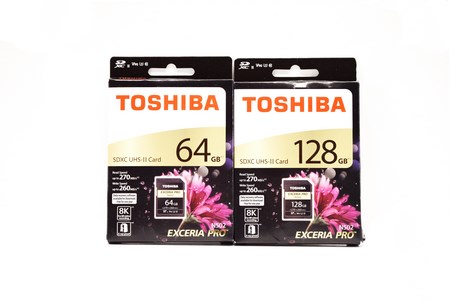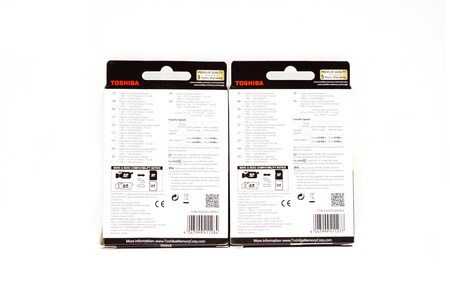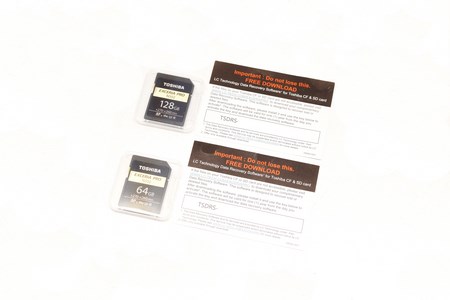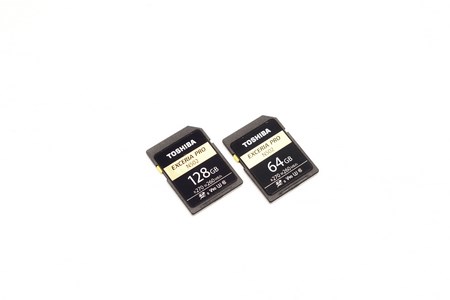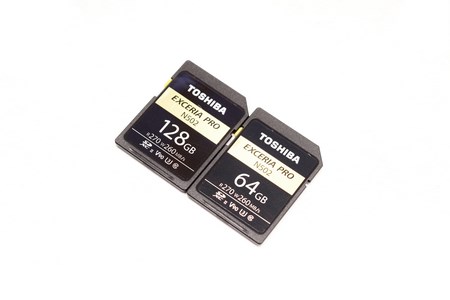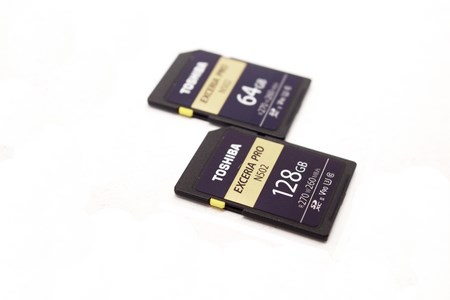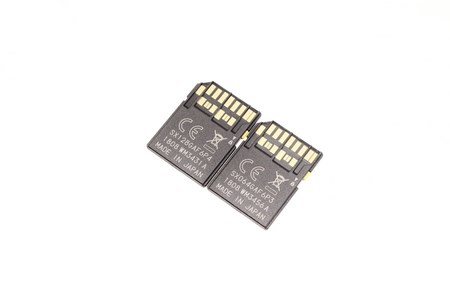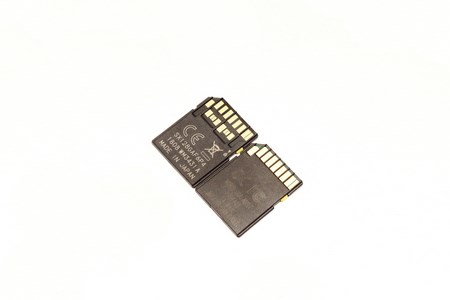INTRODUCTION

Thanks to the first SDXC type (Secure Digital eXtended Capacity) models introduced by Panasonic roughly 9 years ago SD cards secured their place in the market as the "dominant" digital storage media for both digital cameras and camcorders and the rest as they say is history. Back then the SDXC format/type introduced theoretical maximum numbers of up to 2TB in capacity and 300MB/s in performance but it wasn't until last year that the first consumer oriented models managed to come even close to that performance while in terms of capacity the first 512GB models are now just rolling out of factories (so I’d say we have at least 2 years before we see 2TB SD cards in the consumer market). Toshiba just updated their Exceria Pro line of SD cards aimed at demanding photographers, videographers and Xtreme sports enthusiasts to include UHS-II models (N502 line) with capacities up to 256GB and today we'll be testing both the 64GB and 128GB variants.
Toshiba Memory Europe GmbH (TME) is the European business of the Toshiba Memory Corporation (TMC). Our company offers a broad product line of high-end flash memory products, including SD Cards, USB sticks, micro SDs and embedded memory components, in addition to solid state drives (SSD). TME maintains offices in Germany, France, Spain, Sweden and the United Kingdom.
The new Exceria Pro N502 line of SD cards is currently available in 32/64/128/256GB capacities (we should be seeing a 512GB model soon from Toshiba) and features the latest UHS-II interface (version 5.0) with read and write performance numbers of up to 270MB/s and 260MB/s respectively which in turn translate to Video Speed Class 90, UHS Speed Class 3 and SD Speed Class 10 (rendering them more than capable of 8k video recording and photos shot in RAW format even in burst mode). This is still somewhat far from the theoretical maximum performance of the SDXC format and worlds apart compared to the upcoming SD Express format (version 7.0 - PCIe 3.0 / NVMe) with its theoretical maximum of 985MB/s but for now things don't get much better than this (upcoming UHS-III version 6.0 cards however should surpass 300MB/s in both read and write). Unfortunately we weren't able to get a sample of the 256GB variant to have a more complete view of the N502 line (especially since the highest capacity models usually offer the highest performance) but the 64GB and 128GB capacity models should suffice.
SPECIFICATIONS AND FEATURES

PACKAGING AND CONTENTS
Both cards arrived in small cardboard boxes that have product pictures at the front along with their advertised performance numbers and of course type.
A few words about the card and its capacity are printed at the rear of the drive along with its advertised performance, barcodes and serial number.
The cards are placed inside plastic holders/cases and are bundled along with a 1-year license for the data recovery software by LC Technology.
THE EXCERIA PRO N502 64GB & 128GB SDXC UHS-II CARDS
The black and gold sticker placed on both cards reveals that this is the "premium" line by Toshiba (Made in Japan).
Printed on the sticker are the advertised read and write performance numbers, supported classes and of course the capacity of each card.
The write protect slider is present on the left side of both cards (nothing new here).
Both the serial number and country of origin are printed at the rear of each card.
If you happen to be wondering how UHS-II cards achieve the extra performance compared to UHS-I SDXC cards the above picture of both the EXCERIA PRO N502 128GB model and the CANVAS REACT 128GB model by Kingston should make that clear (we are of course referring to the additional row of connections).
TEST BED
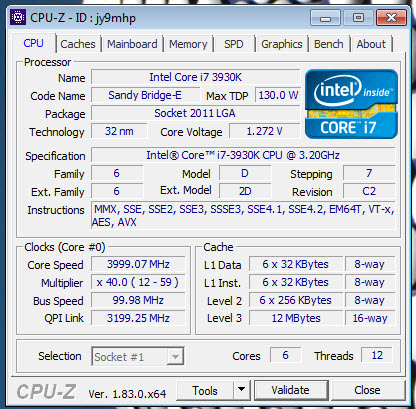

TESTING METHODOLOGY
Memory cards are pretty much identical to flash drives so to make things easier for everyone we'll be using roughly the same testing methodology to successfully record achieved read and write data transfer numbers. The benchmark suites we'll be using for our memory card tests are HD Tune Pro (Read - Write average and max speeds), AIDA 64 Engineer Edition (Average Linear Read / Random Read - Write performance), Crystal Disk Mark x64 (4GB Read / Write speeds) and ATTO (Average Read / Write speeds). Every test is repeated a total of 6 times after which the average performance numbers are recorded into our charts (0 = we were unable to complete that test).
As with all our storage reviews all tests are performed on our main rig running Microsoft Windows 10 Pro installation on a HyperX Predator 480GB PCIe SSD with all updates installed up to the 12th of November 2018 (for ATTO and Crystal Disk Mark cards are formatted using the NTFS file system – however partitions need to be removed for the write tests of both AIDA 64 and HD Tune Pro).
TEST RESULTS – AIDA 4 / ATTO


TEST RESULTS – HD TUNE PRO / CRYSTAL DISK MARK


CONCLUSION
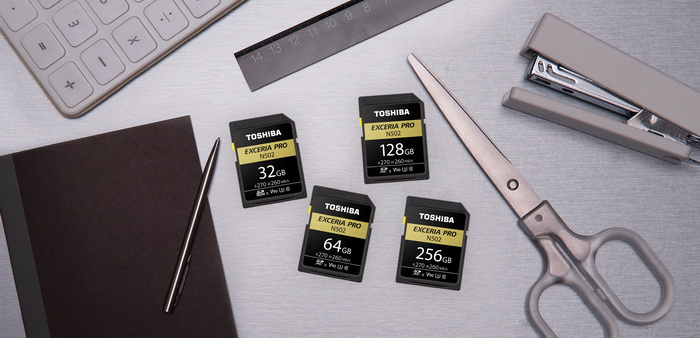
Before we talk about the new Exceria Pro N502 cards I think it’s very important to state the current performance requirements of both 4k and 8k recording. So although the minimum write performance requirements for 4k recording are set at around 10MB/s there are professional cameras and camcorders currently in the market that require as much as 70MB/s (for 60fps recording – models with 120fps recording require as much as 135MB/s). With 8k however things are much different and so there are 8k camcorders available currently that require as much as 270-300MB/s for 60fps recording (although such professional models use SSDs and not SDXC cards). With that out of the way although we clearly weren’t able to achieve the advertised performance of 270MB/s in read and 260MB/s in write during our tests we need to keep in mind that these numbers probably only apply for the 256GB model. Still while testing the 128GB model we were able to surpass 260MB/s in read and 230MB/s in write and although the 64GB model yielded less impressive results in write (topping up at around 150MB/s) still we doubt people would be getting anything less than 128GB for 4k/8k recording. What matters most however is that compared to SDXC UHS-I cards the new UHS-II models are almost three times as fast in some tests and with UHS-III models just around the corner that performance gap should grow even larger.
Unfortunately as I type these lines the Exceria Pro N502 line of SD cards by Toshiba is not yet widely available and the result is inflated prices by the very few retailers that do carry them (we will update the review when this changes). That being said just like with the N501 line of SDXC cards again by Toshiba when released we don’t expect the N502 models to come cheap but that’s to be expected when we’re talking about some of the fastest SDXC cards out in the market today (not to mention that for demanding professionals who will actually need the performance numbers offered by the Exceria Pro N502 line of SDXC cards cost will not matter). At the end of the day things can’t get much better in terms of both performance and capacity than what you’re getting from the Exceria Pro N502 SDXC cards by Toshiba and that’s why they deserve our Platinum Award.

PROS
- Top Of The Charts Performance (UHS-II)
- Up To 256GB
- Durability
- 5 Year Warranty
- LC Technology Data Recovery Software / 1 Year License
CONS
- Current Availability
- Price (Just Like With The N501)

 O-Sense
O-Sense





